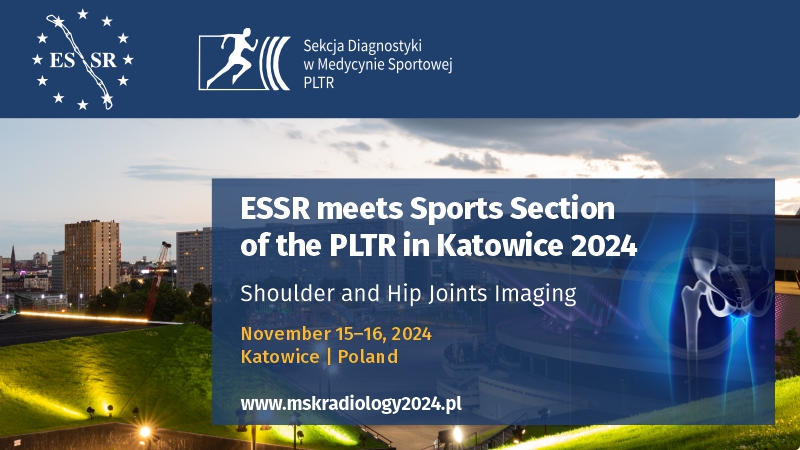The impact of ultrasound-guided recruitment maneuvers on the risk of postoperative pulmonary complications in patients undergoing general anesthesia
Jolanta Cylwik1, Natalia Buda2
 Affiliation and address for correspondence
Affiliation and address for correspondenceIntroduction: Postoperative pulmonary complications are among the most frequent problems in perioperative care. The risk of their development depends not only on the parameters associated with the patient’s initial clinical condition, but also on the employed anesthesia technique, the method of mechanical ventilation, and the type and technique of the surgical procedure. Atelectasis is the most common complication, affecting nearly 90% of the patients undergoing general anesthesia. Aim: The aim of this study was to determine whether it was possible to positively impact the postoperative period and reduce the frequency of postoperative pulmonary complications via patient-based intraoperative ultrasound-guided recruitment maneuvers. Methodology: The course of the postoperative period was analyzed in two groups of patients. One of them comprised 100 patients in whom no recruitment maneuvers were performed during general anesthesia. The other group (100 patients) consisted of patients in whom patientbased ultrasound-guided pulmonary recruitment maneuvers were performed. Results: In the recruitment group, the postoperative hospitalization was statistically significantly shorter (p = 0.003) and the risk of intensive care treatment significantly lower. Additionally, the need for prolonged postoperative mechanical ventilation was reduced, as was the risk of respiratory tract infections. Conclusions: Intraoperative ultrasound-guided recruitment maneuvers reduce the frequency of postoperative pulmonary complications.








